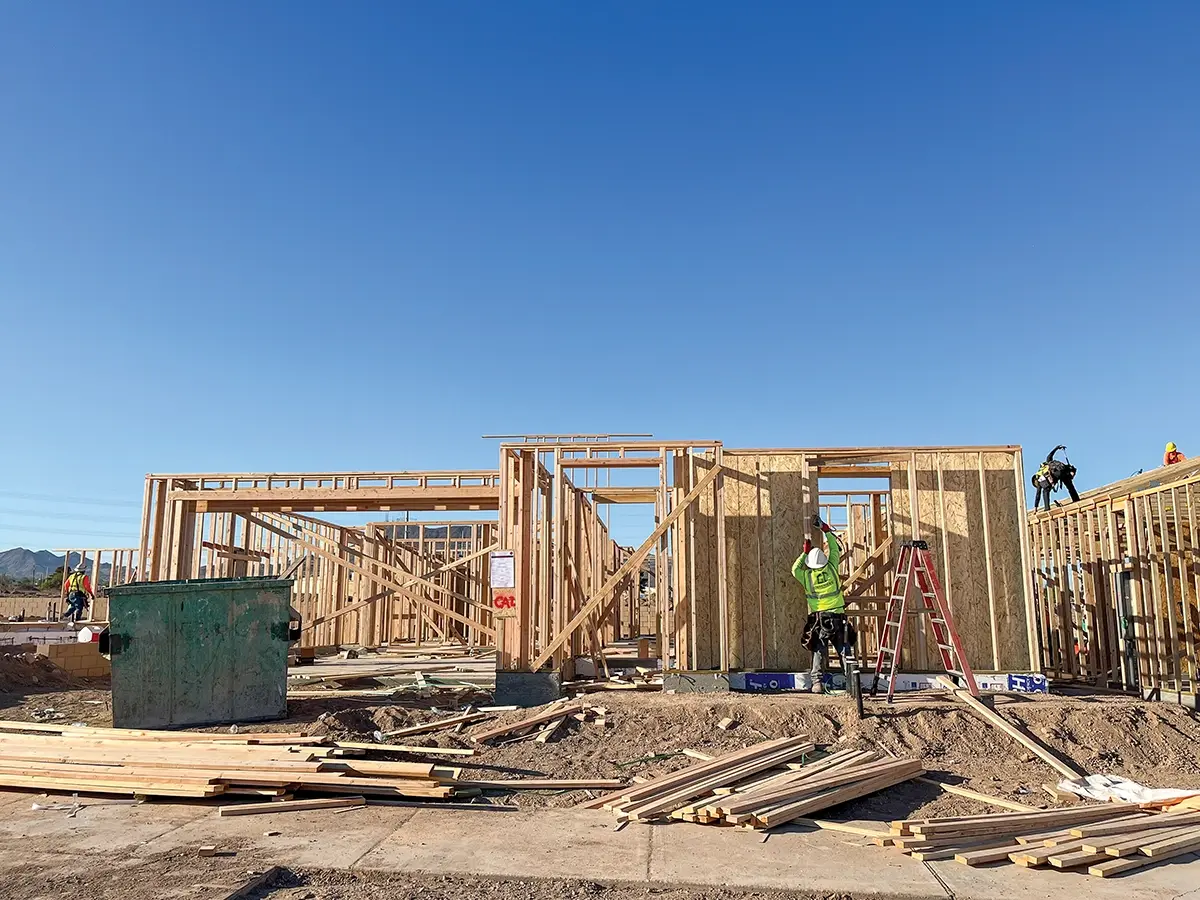The Impact of Tariffs on the Las Vegas Real Estate Market: Challenges and Economic Ripples
The implementation of tariffs under the Trump administration has sent ripples through various sectors of the U.S. economy, and the Las Vegas real estate market is not immune. Known for its rapid development and reliance on construction, Las Vegas faces mounting challenges due to increased material costs and construction delays. Combined with pre-existing hurdles like labor shortages and land constraints, these tariffs could exacerbate economic pressures in the region, creating a complex web of issues for contractors, developers, and homebuyers alike.
Rising Material Costs Strain Construction
One of the most immediate effects of the tariffs has been the surge in material costs, particularly for essential building materials like steel and aluminum. With Las Vegas heavily dependent on imported materials from trade partners like Canada and Mexico, the introduction of tariffs has led to price increases of 10-15%, with projections suggesting spikes as high as 20-25% in the near future. For contractors, this sharp increase threatens the profitability and feasibility of ongoing and future projects.
Local construction firms, such as Nigro Construction, are already grappling with these rising costs. Expensive materials have forced many companies to reconsider project budgets, with some scaling down their plans, experiencing delays, or facing the grim possibility of halting developments altogether. This situation poses a significant challenge for Las Vegas, where construction serves as a cornerstone of the city’s economy. A slowdown in building activity could lead to job shortages, affect supply chains, and disrupt the economic momentum of the region.
Real Estate Pressures Mount for Developers and Homebuyers
While construction feels the brunt of the tariffs immediately, the residential real estate sector is grappling with the long-term implications. Southern Nevada already faces significant barriers to development, such as land scarcity and labor shortages, which drive up construction costs. Tariffs add another layer of financial strain to an industry that is already understaffed and overburdened.
The Southern Nevada Home Builders Association has expressed concern over how these pressures might affect housing availability. Though home prices have remained mostly stable for now, the association predicts that the challenges could result in a slight decline in new home permits by 2025. Reduced housing development may worsen the region’s growing affordability crisis, particularly for those seeking mid- to low-tier housing. A slowdown in construction means fewer homes will enter the market, potentially resulting in higher prices for buyers and renters in the long run.
Another looming concern is the potential economic fallout these higher costs may impose on consumers. If construction budgets and operational costs rise due to tariffs, developers may eventually pass those increases onto consumers in the form of higher home prices or rental rates. For a region already contending with inventory shortages in affordable housing, this could create more strain on residents. Lower-income families, in particular, may find it increasingly difficult to afford housing, pushing economic inequality in the area even further.
The Broader Economic Picture for Las Vegas
Las Vegas has always been a dynamic economy, with construction and real estate fueling its growth and diversification beyond tourism. However, the combination of tariff-driven cost increases and other challenges may discourage investors from pursuing large-scale development projects in the region. Higher economic uncertainty caused by fluctuating material prices could make real estate a less attractive investment, thereby slowing the pipeline of much-needed projects.
Moreover, the potential for stalled developments could have broader economic implications, such as job losses in construction and related industries. With construction being a critical pillar supporting the city’s growth, any slowdown could ripple out to other sectors, weakening the overall economic health of the region.
Conclusion: A Case Study in Economic Impact
The implementation of tariffs under the Trump administration is already creating noticeable economic challenges for the Las Vegas real estate market. Rising material costs are putting pressure on construction firms, leading to potential delays and scaled-down projects. Simultaneously, the housing sector faces heightened financial burdens that threaten to exacerbate affordability issues for the region's residents.
Las Vegas, a city deeply tied to the health of its housing and construction markets, stands as a case study for the far-reaching impacts of tariffs on local economies. If current trends persist, they could deepen existing struggles with affordability, discourage investment, and hinder the city’s overall economic vitality. Addressing these challenges will require innovative solutions, careful planning, and collaboration among policymakers, developers, and industry stakeholders in the years to come.
